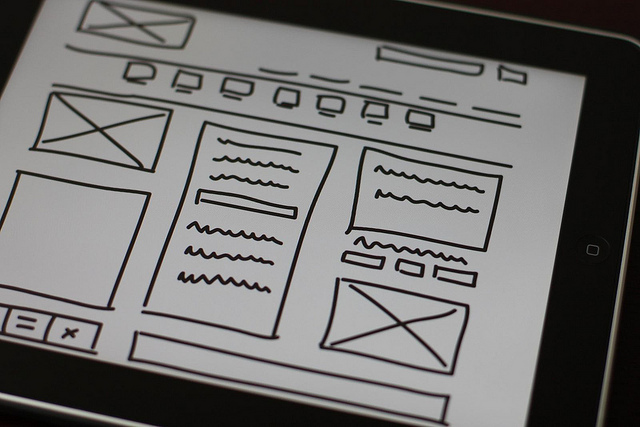The Short Life Expectancy of Prototypes
admin
- December 2, 2016

“The development of incomplete representations of a target system for testing purposes and […] an essential element of an iterative design approach” – that’s how prototyping is defined in a common glossary (Resource: http://www.usabilityfirst.com/glossary/prototyping).
Paper prototype, video prototype, functional prototype, horizontal and vertical prototypes, high- and low-fidelity prototypes – that’s what you also find in the glossary. And this is just a short excerpt of the list!
There is at least one, more or less appropriate, process model for each application area. And the application areas of the prototypes again are as versatile as the approaches of their development. As you see, you could write a lot about prototyping. However, we would like to focus on the life expectancy of the prototype today.
The result of successful prototyping is, surprise surprise, a prototype. You could also describe it as a first image (in Greek: prõtos týpos). Since this first image is still far away from the final product, the prototype is often called mockup, throw-away-prototype, design pattern or test model. These definitions already indicate that the life expectancy of a prototype is limited. And basically, this is correct.
Experimental prototypes, for example, include that their development aims into different directions. In this case, the chance that a prototype is thrown away is very high. And even if the prototype has a digital form, it still doesn’t need to be a productive software that will turn into a final product. Sooner or later, the unfinished product will be better in quality, function or extent than the prototype. At this point of the development cycle, the prototype usually becomes obsolete. But is this necessarily the case?
Isn’t there any further, reasonable function of the prototype that goes beyond the completion of a project?
In the area of front-end development, for example, we work with prototypes in particular because we want to involve clients and users in the process of the development. We use the display of user interfaces to visualize the information architecture, program flows or complex processes. In this way, we make the final product more accessible to all parties involved and even laypersons can give detailed feedback.
And exactly this positive effect of the prototype can be utilized beyond the completion of a project. So far, system documentations have consisted of hundreds of pages of texts. Modern prototyping tools like “Axure”, however, allow including the documentation at the aimed place already within the prototype. Therewith, the information is available for the user through a single click instead of an exhausting search in a separate documentation. This way, we extend the initially developed prototype to an agile stand-alone form of documentation only by adding written specifications to it.
Axure
However, it is still questionable if a prototype including notes is enough for a stand-alone form of documentation. If it might rather be used as a supplementary artifact depends on the size and the complexity of the project. In any case, such a lively and interactive form of specifications is more than welcomed in the dry wasteland of documentation. Not only at mediaman, but also at our clients.
Picture Credits: Wireframe by baldiri (CC Lincense)


